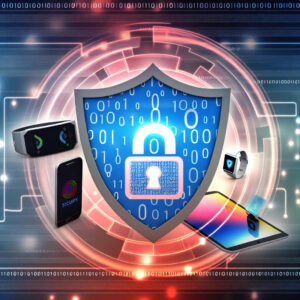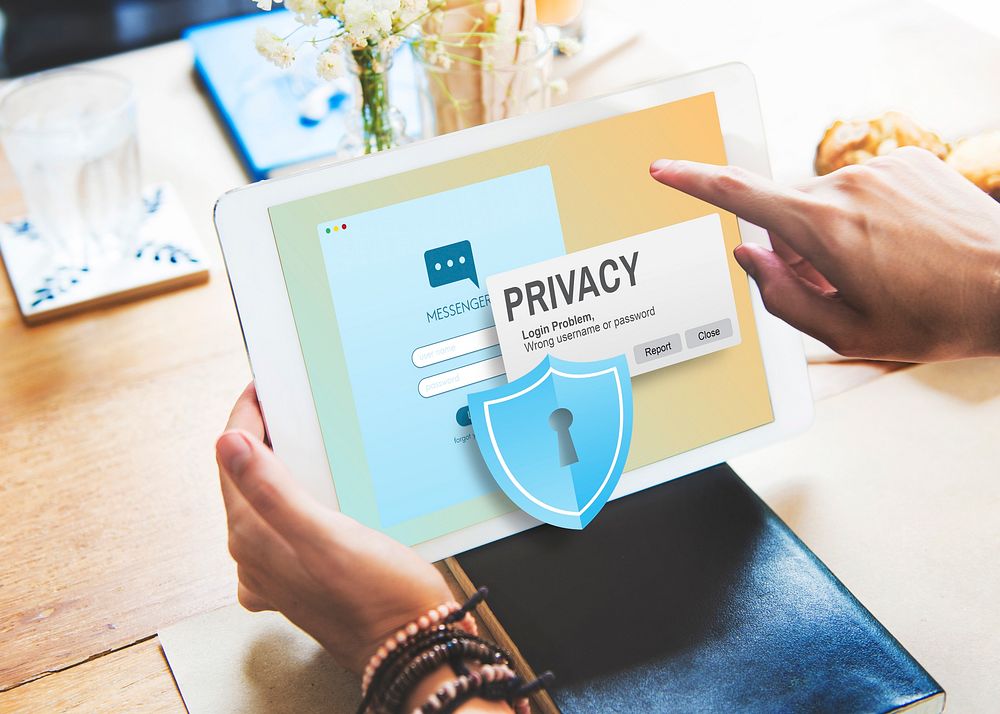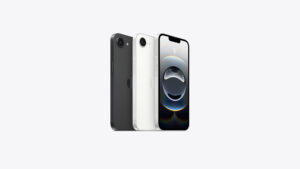In today’s tech-driven world, gadgets are becoming increasingly intertwined with our daily lives. From smartphones and smart home devices to wearables and laptops, these gadgets offer convenience and connectivity. However, as we embrace the benefits of technology, we must also confront the pressing issues of privacy and security because amidst this technological revolution, there looms a growing concern regarding privacy and security.
Understanding the Risks
1. Data Collection
Many modern gadgets collect vast amounts of data. Smartphones track our locations, smart speakers listen for voice commands, and fitness trackers monitor our health metrics. While this data collection can enhance user experience, it raises concerns about who has access to our information and how it is used. Companies often share data with third parties, making it crucial to understand their privacy policies.
2. Vulnerabilities to Hacking
Connected devices, particularly those in the Internet of Things (IoT), are often less secure than traditional computers. Many lack robust security features, making them prime targets for hackers. Once compromised, these devices can serve as entry points into our home networks, exposing sensitive information and other connected devices.
3. Surveillance and Monitoring
The convenience of smart devices can come at a cost. Many gadgets have built-in cameras and microphones, raising concerns about unauthorized surveillance. Whether it’s a security camera in your home or a smart assistant listening for commands, it’s essential to be aware of how these devices can potentially invade your privacy.
Best Practices for Protecting Your Privacy

1. Review Privacy Settings
Before using any gadget, take the time to explore its privacy settings. Most devices allow you to customize what data is collected and how it is shared. Disable features you don’t need, such as location tracking or microphone access, to minimize data collection.
2. Use Strong Passwords
A strong, unique password is your first line of defense. Avoid using default passwords for your devices, as they are often easy for hackers to guess. Instead, create complex passwords that combine letters, numbers, and symbols. Consider using a password manager to keep track of your passwords securely.
3. Enable Two-Factor Authentication
Whenever possible, enable two-factor authentication (2FA) for your accounts. This adds an extra layer of security by requiring a second form of verification, such as a code sent to your phone. Even if your password is compromised, 2FA can help protect your data.
4. Keep Software Updated
Manufacturers regularly release updates to address security vulnerabilities. Make it a habit to check for and install software updates on all your gadgets, including smartphones, computers, and smart home devices. This helps ensure you’re protected against the latest threats. But before doing that you also need to be sure if your device is compatible with the update to avoid crash.
5. Be Cautious with Public Wi-Fi
Public Wi-Fi networks can be breeding grounds for cybercriminals. Avoid accessing sensitive accounts or conducting financial transactions while connected to public Wi-Fi. If necessary, use a virtual private network (VPN) to encrypt your internet connection and protect your data from prying eyes.
6. Choose Devices Wisely
When purchasing new gadgets, consider their security features. Research brands and models that prioritize privacy and security in their design. Look for devices that offer end-to-end encryption and regular updates.
Staying Informed
The landscape of technology is constantly evolving, and so are the associated risks. Stay informed about the latest developments in gadget security and privacy. Follow reputable tech blogs, subscribe to cybersecurity newsletters, and participate in online forums to stay updated on best practices and emerging threats.
……
As we integrate more gadgets into our lives, maintaining our privacy and security is paramount. By understanding the risks and taking proactive measures, we can enjoy the conveniences of technology without compromising our personal information. With the right practices in place, you can navigate the gadget landscape with confidence, ensuring that your data remains protected in an increasingly connected world.






Thanks for this information. Quite helpful